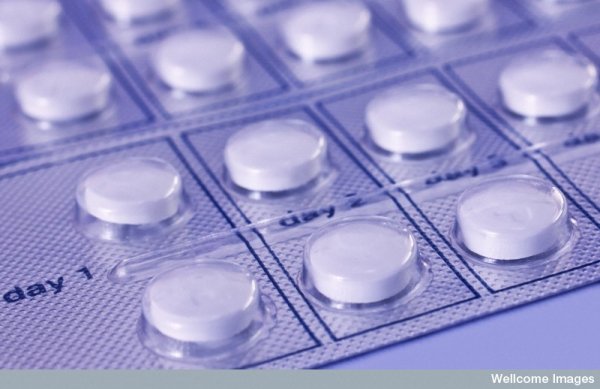How malaria defeats our drugs

In the war against malaria, one small corner of the globe has repeatedly turned the tide, rendering our best weapons moot and medicine on the brink of defeat.
25 March 2014 Ed Yong reports from the Wellcome Trusts's Mosaic
The meandering Moei river marks the natural boundary between Thailand and Myanmar. Its muddy waters are at their fullest, but François Nosten still crosses them in just a minute, aboard a narrow, wooden boat. In the dry season, he could wade across. As he steps onto the western riverbank, in Myanmar, he passes no checkpoint and presents no passport.
The air is cool. After months of rain, the surrounding jungle pops with vivid lime and emerald hues. Nosten climbs a set of wooden slats that wind away from the bank, up a muddy slope. His pace, as ever, seems relaxed and out of kilter with his almost permanently grave expression and urgent purpose. Nosten, a rangy Frenchman with tousled brown hair and glasses, is one of the world’s leading experts on malaria. He is here to avert a looming disaster. At the top of the slope, he reaches a small village of simple wooden buildings with tin and thatch roofs. This is Hka Naw Tah, home to around 400 people and a testing ground for Nosten’s bold plan to completely stamp out malaria from this critical corner of the world.
Malaria is the work of the single-celled Plasmodium parasites, and Plasmodium falciparum chief among them. They spread between people through the bites of mosquitoes, invading first the liver, then the red blood cells. The first symptoms are generic and flu-like: fever, headache, sweats and chills, vomiting. At that point, the immune system usually curtails the infection. But if the parasites spread to the kidneys, lungs and brain, things go downhill quickly. Organs start failing. Infected red blood cells clog the brain’s blood vessels, depriving it of oxygen and leading to seizures, unconsciousness and death.
When Nosten first arrived in South-east Asia almost 30 years ago, malaria was the biggest killer in the region. Artemisinin changed everything. Spectacularly fast and effective, the drug arrived on the scene in 1994, when options for treating malaria were running out. Since then, “cases have just gone down, down, down,” says Nosten. “I’ve never seen so few in the rainy season – a few hundred this year compared to tens of thousands before.”
But he has no time for celebration. Artemisinin used to clear P. falciparum in a day; now, it can take several. The parasite has started to become resistant. The wonder drug is failing. It is the latest reprise of a decades-long theme: we attack malaria with a new drug, it mounts an evolutionary riposte.
Back in his office, Nosten pulls up a map showing the current whereabouts of the resistant parasites. Three coloured bands highlight the borders between Cambodia and Vietnam, Cambodia and Thailand, and Thailand and Myanmar (Burma). Borders. Bold lines on maps, but invisible in reality. A river that can be crossed in a rickety boat is no barrier to a parasite that rides in the salivary glands of mosquitoes or the red blood cells of humans.
History tells us what happens next. Over the last century, almost every frontline antimalarial drug – chloroquine, sulfadoxine, pyrimethamine – has become obsolete because of defiant parasites that emerged from western Cambodia. From this cradle of resistance, the parasites gradually spread west to Africa, causing the deaths of millions. Malaria already kills around 660,000 people every year, and most of them are African kids. If artemisinin resistance reached that continent, it would be catastrophic, especially since there are no good replacement drugs on the immediate horizon.
Read the full length article commissioned by Mosaic, a new digital publication from the Wellcome Trust dedicated to exploring all strands of the science of life.
